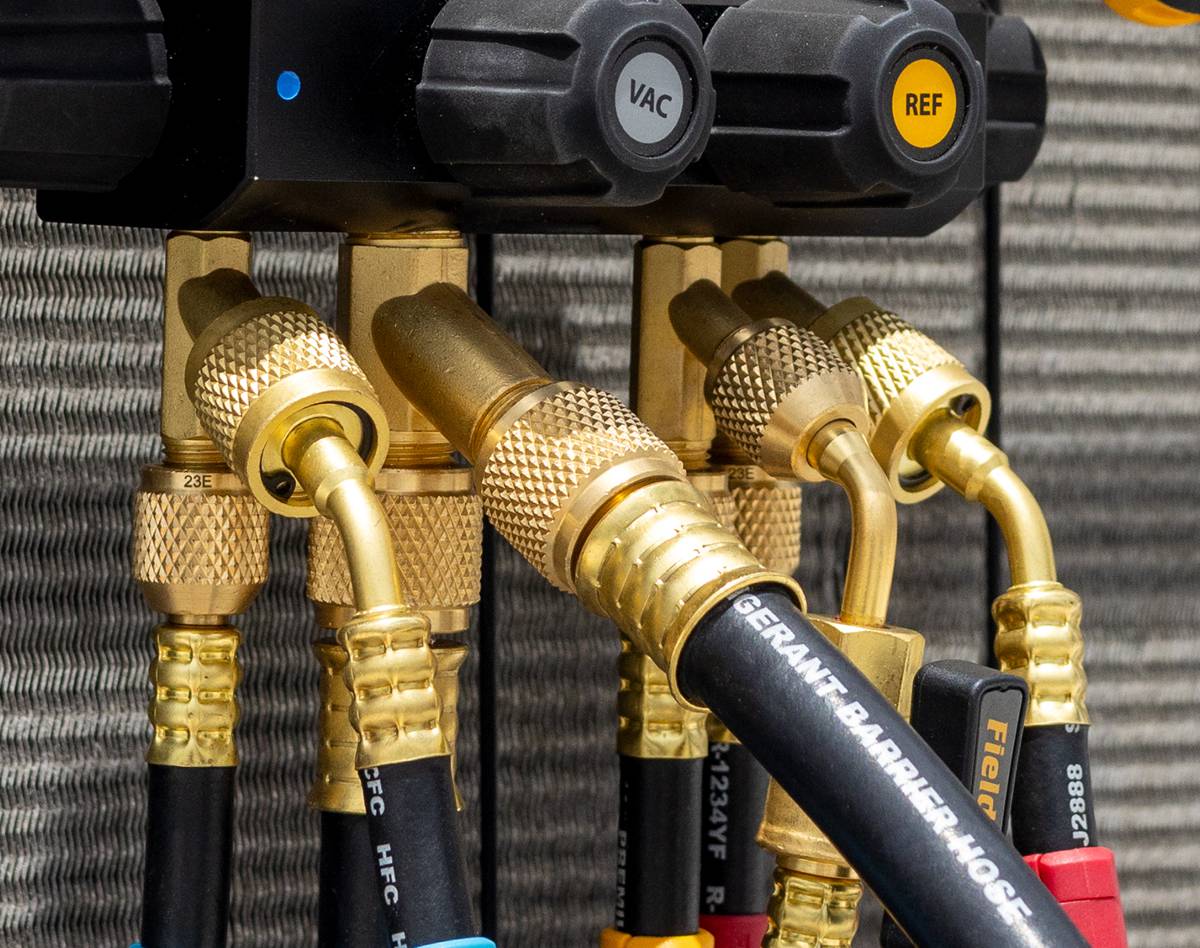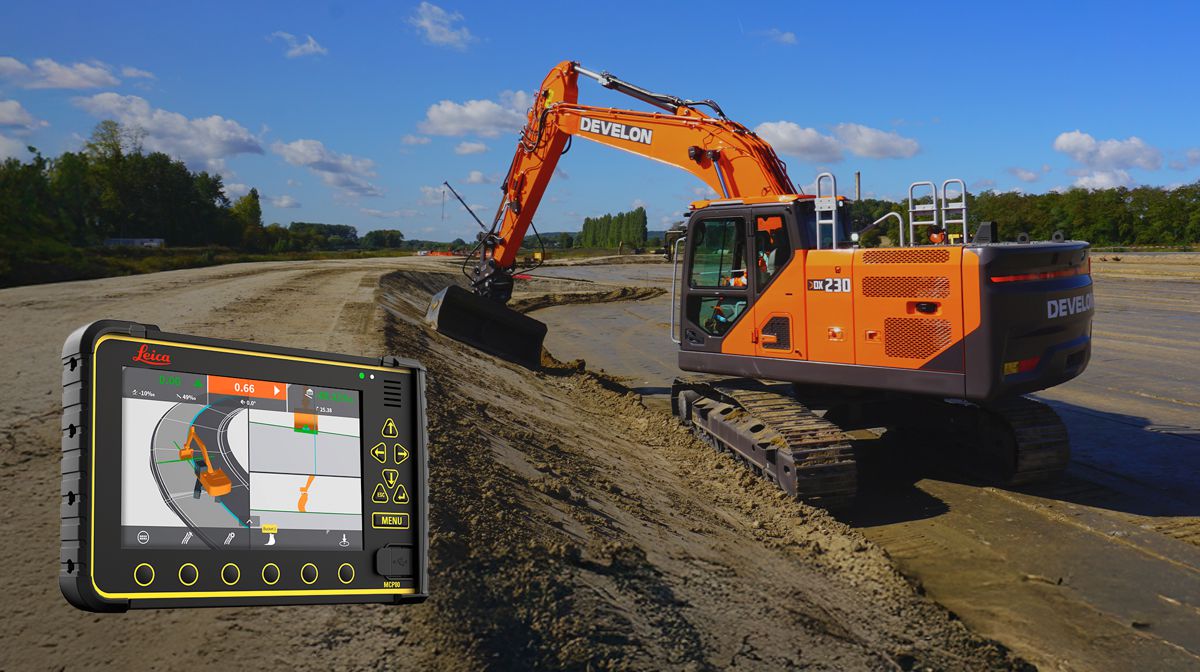Innovative Interchangeable HVACR Hoses reduce leaks and increases durability
Fieldpiece Instruments, the leading manufacturer of HVACR tools pros trust, today announced the launch of a new line of hoses and fittings featuring two key types of premium hoses: charging hoses and vacuum hoses, with accompanying accessories and a variety of different fittings perfect for all HVACR charging, recovery and evacuation needs.
“Every Fieldpiece product is designed to make the HVACR pro’s job easier, faster and better – and our new hose line is no exception,” explains Jeb Ball, vice president of sales and marketing at Fieldpiece Instruments. “Our A2L-compatible, black hoses can withstand extreme use, and their unique colour tagging system increases versatility in the field by making hoses easy to identify and customize.”
Fieldpiece designed its charging and vacuum hoses in a universal black to allow each hose in a set to function as a spare for any other, removing limitations that technicians typically experience when using traditional yellow, blue and red coloured hoses. Sturdy coloured tags snap onto each hose for identification and customization. This contemporary approach reduces the number of spare hoses field techs must carry and decreases errors by allowing technicians to easily mark hoses that are specific for particular use cases or refrigerants. Additionally, the highly flexible hoses allow a tight bend radius ideal for cramped locations and compact storage, provide a good grip even in oily hands, and won’t degrade over time from UV and oil exposure.
Fieldpiece hoses also feature durable triple-ring crimped fittings for increased reliability even at high pressure, and greater pull strength than a traditional single-crimp or hex-crimp where if one crimp fails, the entire hose fails. With triple-ring crimped fittings, redundant crimping ensures the hose still maintains pressure – extending hose life with fewer leaks and less frequent need for replacement.
Fieldpiece hoses also have smaller diameter low-loss fittings and low-abrasion, knurled brass fittings, offering an improved feel while still providing a solid grip. An added premium feature is the compact ball valve knob design that reduces inadvertent refrigerant release if bumped, protecting users from accidental refrigerant burns.
All hoses are UL 1963-compliant, third-party tested and compatible with industry standards (SAE J2196, SAE J2888 and SAE J513) for refrigerant recovery and recycling. Hoses are A2L-ready with durable four-layer construction; have neoprene gaskets for a lasting seal even when exposed to harsh temperatures and lubricants; and are certified for 4000 psi burst pressure and 800 psi working pressure.
Fieldpiece charging hoses are available in 3-packs or individually to fit both a quarter inch standard and five-sixteenths inch split system service ports. Vacuum hoses are sold individually to mate with either three-eighths or quarter inch port sizes. Accessories such as ball valve and open hose extensions, as well as straight and angled split system adapters are part of the new line-up, along with replacement gaskets and extra hose colour tags.





















